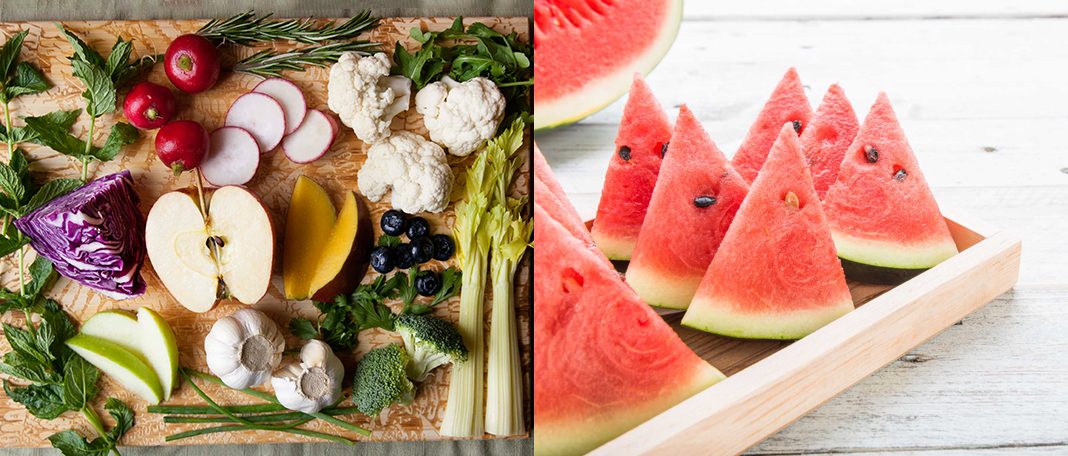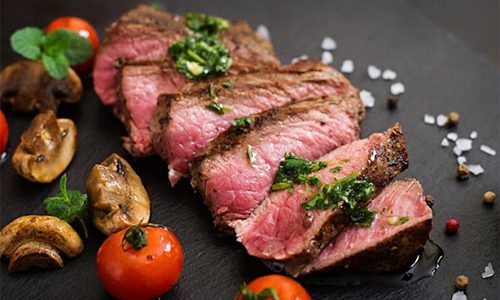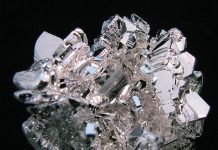There is a general idea that low-oxalate diets help protect against kidney stones. And, many experts have confirmed this. The human body naturally produces oxalate or oxalic acid. It is also available in vegetables, fruits, legumes, and grains. At times, oxalate binds with the calcium in the urinary tract to produce calcium oxalate kidney stones. So, individuals with this problem must reduce their oxalate intake. This blog is all about experts’ opinions on low-oxalate diet. Read it completely to know more about the diet.
Understanding the Low-Oxalate Diet
Individuals having kidney stones already are more prone to forming them again. Therefore, they need to be very cautious about their diet.
In addition to protection against kidney stones, there are several low-oxalate diet benefits, such as preventing thyroid problems and reducing the risk of cystic fibrosis. There’s also a study that tries to analyze oxalate levels in autistic children.
You can have a low-oxalate diet by consuming fewer food items that are rich in oxalate. Or else, you can have a higher intake of items that contain lesser amounts of oxalate. For instance, the consumption of low-oxalate vegetables, fruits, and dairy products is recommended by many doctors and healthcare providers. They suggest that people limit their oxalate intake to 40-50 mg/day.
Doctors also advise minimizing salt intake and drinking lots of water. Soaking vegetables before cooking helps reduce the oxalate content in them.
Low-Oxalate Diet and Kidney Health
Yet another way of protecting your body from kidney stones is to increase your calcium intake. If you wonder how this is possible, we will explain it to you. Calcium has the ability to decrease your body’s oxalate absorption. Thus, the mineral inhibits the formation of kidney stones in your body.
Calcium is not produced by your body. It needs to be taken via food and calcium supplements. The recommended amount of calcium intake varies according to your age.
Low-Oxalate Recommended Foods
Low-oxalate foods contain less than 2 mg of oxalate for each serving. Apples, buttermilk, lemon juice, nuts, and seeds are some of the low-oxalate foods. Vegetables like cabbage, cauliflower, and mushrooms also come under this category. Bacon, beef, and some types of fish are also some food items that contain less oxalate. If you wish to have a low-oxalate diet, you can include these foods in your diet.
Avoiding High-Oxalate Foods
Some foods like spinach and beets contain high levels of oxalate. So, it is better to avoid them. However, these two foods are also rich in other nutrients that are essential for the body. Here, there is a necessity to include other foods containing the same nutrients as those found in spinach and beets if you restrict them in your diet. The main idea is to have a wholesome diet without including foods that contain high oxalate levels.
We hope our blog about experts’ opinions on low-oxalate diet proves helpful. Ensure you also get adequate sleep and exercise regularly in addition to the diet you follow.





















